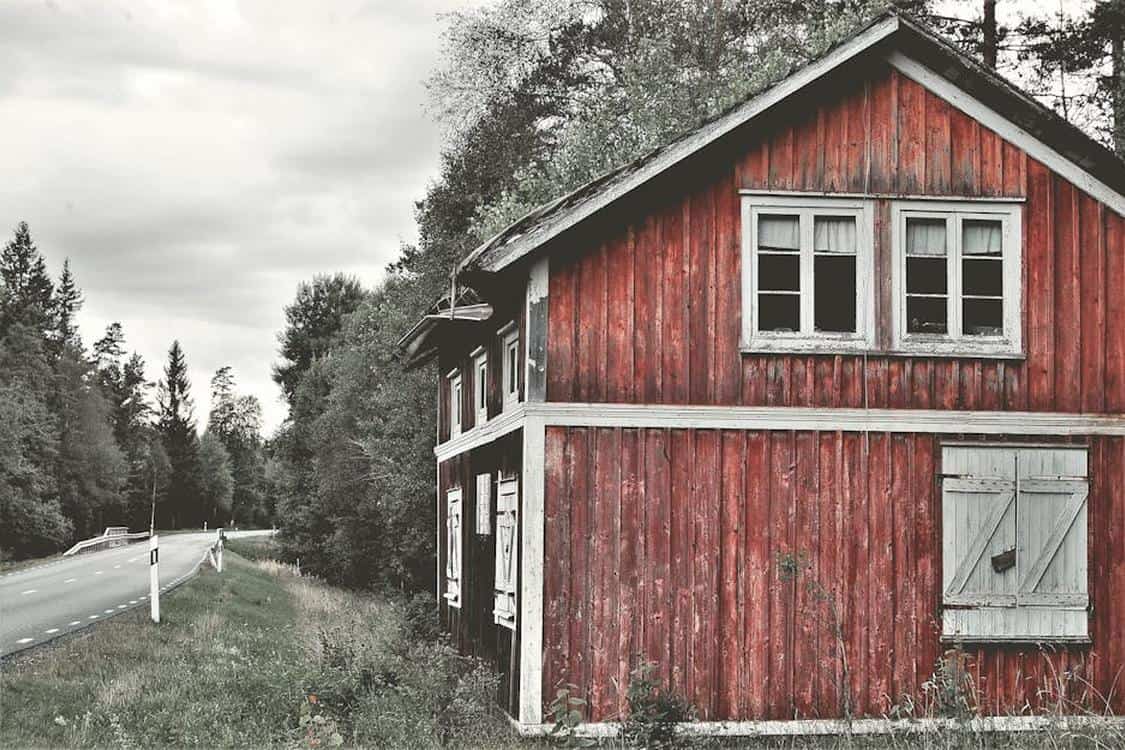
The Evolution of Human-AI Emotional Connections
December 12, 2024
Comparing Professional Garage Floor Coating Options
February 6, 2025Converting barns to homes is a great way to add rustic charm to a property in Georgia. However, this project can be complex and requires careful planning, flexible budgeting, and solid design.
Whether you’re looking for a spacious home or a rustic vacation retreat, there are many unique options in the Peach State. These listings include everything from a transformed school to a former saloon.
Residential Pole Buildings
Many homeowners choose to convert old barns into georgia barn homes for sale to increase the value of their land and provide an eco-friendly alternative to new construction. The best way to begin the process is to get a building inspection before you make any purchases or start tearing down walls. This will help you to identify any potential structural issues and pest problems. It can also give you an idea of what the renovations will cost, which can help you decide if a pole barn home is right for you.
A residential pole barn has many benefits for homeowners, including spacious floor plans and an open layout that allows for flexibility. Often, these structures have a large great room and bedrooms on the second level with kitchens and bathrooms below. They can be used as primary residences, vacation homes, or guest houses. They are also ideal for use as home offices or workshop spaces. The soaring ceilings of these buildings are an added benefit, giving them a unique look.
When converting a barn into a home, it is important to consult with an experienced builder or architect. This will ensure that you have a plan that meets all local regulations and building codes. The rules will depend on the location of the property, as well as the type and size of the barn. You should also be sure to include all necessary plumbing and electrical outlets in the new design. The building should also be insulated to keep it comfortable throughout the year.
Adding windows and doors is another essential part of the conversion process. Ideally, you will want to add large windows to improve natural lighting and bring the structure up to code for energy efficiency. You will also need to replace any large sliding barn doors with residential-style doors.
Lastly, you should choose an architect with experience in pole barn construction. This will ensure that your finished project is both functional and aesthetically pleasing. A professional will know how to incorporate the existing features of your barn into a cohesive design and will be able to recommend any additional upgrades you may need. They will also be able to help you select materials that will be durable and weather-resistant.
Barndominiums

Barn renovations have transitioned from a niche market to one of the hotter trends in home design. Known as “barndominiums,” they blend the rustic and industrial aesthetic with modern amenities and comforts. Popularized by the popular HGTV show Fixer Upper, the trend has gained momentum across the country. While some homeowners choose to buy a barn and renovate it themselves, other opt for a prefabricated barndominium that’s constructed offsite before being delivered to the property. The resulting homes can take up to six months to construct.
A barndominium can cost anywhere from $100,000 to $500,000, depending on the size and scope of the project. It’s important to have a clear idea of your budget before beginning the process. A professional contractor can help you calculate the costs and provide an accurate quote, allowing you to make the best decision for your needs and budget.
The most common types of barns that are converted into homes are Dutch and English A-frame barns. Some of the most appealing aspects of these structures are their unique designs, such as high ceilings and vaulted spaces. Other factors that factor into a barn’s appeal include its historic value, which can add a sense of character and elegance to a new living space. In addition, a barn’s unique structure can help create an interesting living experience by providing ample natural light and breathtaking views of the surrounding landscape.
Converting a barn into a home requires careful planning. Many of these buildings weren’t originally designed with residential use in mind, so you’ll need to add insulation and make sure it meets all necessary building codes before making the conversion. You’ll also need to consider issues like zoning regulations, pest damage, and utility access.
Once you’ve addressed the technicalities, you can focus on bringing your vision to life. Barn-to-home projects are especially popular among people who work from home and those who want a spacious living space that reflects their lifestyle. These spaces can also be ideal for people with hobbies that require a lot of space, such as restoring classic cars or training for competitive sports.
RV Storage
If you own an RV, storing it in a RV storage facility can be beneficial for several reasons. For starters, it frees up space at your home or on your property for other activities and helps prevent damage from weather and theft. Additionally, many RV storage facilities have security measures like gated access and surveillance cameras that help deter crime and protect stored items.
The average cost of a RV storage space can vary depending on the type of facility, its location and features. For example, an outdoor RV storage space can range from $30-$50 per month while a covered storage area costs on average $50-$125. Some RV storage facilities also offer amenities like a washroom, office and other utilities.
Before starting an RV storage business, you must obtain several important licenses and permits. These include a federal business license from the Small Business Administration, zoning approval and, possibly, a conditional use permit for light industrial zoning. You should consult local zoning officials and search online to determine what types of businesses are allowed in your area.
One of the most significant challenges of a RV storage business is attracting and maintaining customers. The customer base for this type of business is generally smaller than that of traditional self-storage, and customers are typically looking for a place to store their vehicle for a specific reason. For example, they may be going through a major life event like death or divorce and need to move their vehicle to an alternative location for a while.
Other common hurdles include finding funding, hiring a contractor and determining potential rental rates. In addition, you will need to consider legal fees for establishing an employer identification number (EIN), which is necessary for opening business bank accounts and filing taxes. Finally, you will need to create a marketing plan and invest in branding to promote your RV storage business.
Pole Barn Homes
A growing number of people are turning their old barns into custom dream homes. This alternative to traditional condo construction has many benefits including cost-efficiency and customization options. But it is important to note that converting a pole barn into a residential space requires careful planning, structural modifications, and adherence to regulations. This blog post explores the pros and cons of this unique housing option.
The biggest advantage of converting a pole barn into a home is that it can save time and money on construction costs. For example, if the barn already has a concrete slab or dirt floor, it may not be necessary to pour a new foundation. Likewise, you may be able to use existing framing for walls and flooring. This can significantly cut construction costs and get you into your dream home faster.
In addition to the cost savings, a pole barn conversion can also be a more environmentally friendly choice. By repurposing an existing structure, you are reducing waste and making the most of the building’s materials. This is particularly true when you choose energy-efficient heating and cooling systems and other features.
On the other hand, a pole barn can be difficult to heat and cool. Because the structure was originally designed for shop space, it is often lacking in insulation. This can lead to high energy bills during the winter and summer.
To combat this issue, you can add more insulation to the structure or make other energy-efficient upgrades. Additionally, if the barn was built on a slab or dirt floor, you might need to raise it to support plumbing and electrical wiring. While this is an additional expense, it can be well worth the investment in terms of reduced utility bills. Another thing to keep in mind is that while a pole barn home can be less expensive than a conventional house, it still requires a significant amount of work and expense to convert. For this reason, many lenders avoid offering mortgages for pole barn houses. If you’re considering a pole barn home, it’s a good idea to consult with a professional that has experience in both pole barn construction and residential design.


